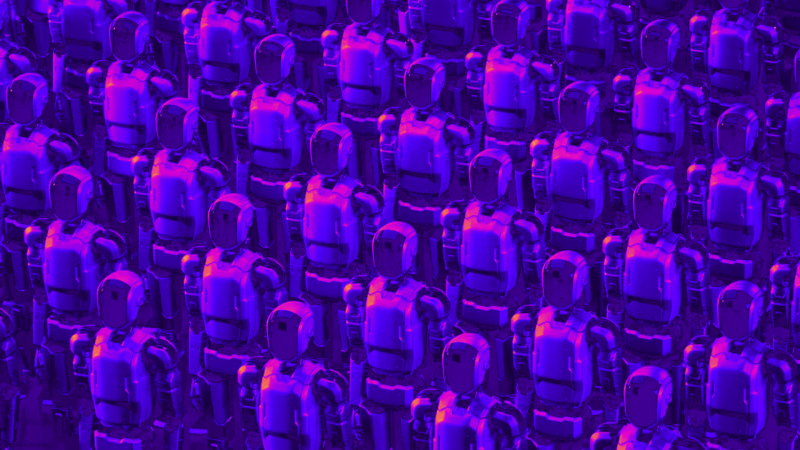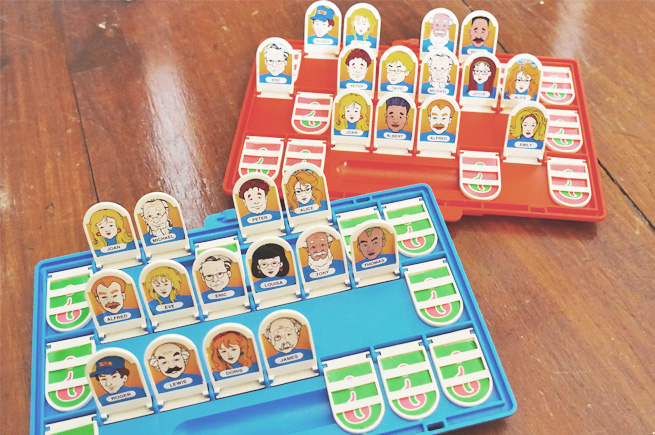Market researchers have seen their fair share of “AI-powered” tools promising to replace traditional methods.
But let’s be honest, no serious researcher is relying on ChatGPT (or any AI) to generate full, client-ready reports from a single prompt (although we will undoubtedly see some new start-ups offering just that).
The real value of ChatGPT’s Deep Research feature isn’t in churning out pre-packaged insights. It is in turbocharging the discovery phase. Used strategically, it can be an accelerant that helps MRX professionals streamline research, uncover gaps, and refine strategic thinking faster than ever.
Deep Research isn’t about replacing our usual approaches to desktop research. It is about augmenting it. Instead of manually piecing together reports from endless PDFs, market researchers can generate a high-level synthesis of key trends, then upload that report back into ChatGPT to refine it further.
For example:
✅ Need survey questions? Re-upload the report and prompt ChatGPT to extract question ideas, including local market nuances.
📊 Looking for gaps in existing research? Ask ChatGPT to surface underexplored angles.
🔍 Trying to contextualise survey results? Let ChatGPT cross-reference past findings against the latest Deep Research insights.
🎤 Creating a focus group guide? Use Deep Research to identify emerging tensions and unexpected discussion points.
🚀 Prepping for a competitive audit or strategy session? Use Deep Research to quickly synthesise category shifts, competitor moves, and cultural signals.
So how can market researchers actually use Deep Research in ways that add real value? Let’s break it down across different sectors.
1️⃣ Finance & Crypto: From Hype to Action – Turning Deep Research into Survey Questions
💰 More people in Africa are using crypto remittances, but what’s driving this shift? Say you’re working on a fintech project, and your client wants to know if crypto remittances are worth exploring.
🔹 You can prompt Deep Research for a report:
“Generate a report on cryptocurrency remittances in Africa, with a focus on Nigeria, Kenya, and South Africa. Analyse adoption trends, consumer motivations, regulatory challenges, and barriers to mainstream adoption. Compare crypto usage to traditional remittance methods.”
📈 Light-touch desktop research might highlight a focus on Bitcoin volatility and NFT burnout, but Deep Research surfaces a growing use case in Nigeria, Kenya, and South Africa, where people are using stablecoins to avoid high remittance fees and escape local currency instability.
🔹 Next step? Upload the report back into ChatGPT and prompt it for survey question ideation on:
- Consumer pain points and barriers to switching from traditional remittance services
- Awareness and trust in crypto remittances across different demographic groups
- Behavioural triggers that would encourage adoption
- Regional differences in perception and adoption
Now, instead of running another generic fintech survey, you can create a study that uncovers real adoption drivers and barriers.
2️⃣ Youth Culture: Beyond Trends – Using Deep Research to Craft a Smart Focus Group Guide
🎵 Japanese Gen Z isn’t just consuming music – they’re co-creating it. Your client wants to understand how Gen Z in Japan engages with underground music scenes.
🔹 You can prompt Deep Research for a report:
“Generate a report on Gen Z music subcultures in Japan. Focus on underground music scenes, digital music platforms, and how Gen Z fans engage with hyperpop, city pop, and emerging DIY music movements.”
🎧 Light-touch desktop research might emphasise J-pop and K-pop, but Deep Research surfaces a rising movement in Tokyo’s indie and hyperpop scenes, showing that Gen Z fans are actively co-creating music through online communities.
🔹 Next step? Upload the report back into ChatGPT and prompt it for focus group guide development on:
- How Gen Z discovers and engages with music subcultures
- The role of online communities like Discord and TikTok in shaping music preferences
- Differences in passive listening vs active music co-creation
- Attitudes towards mainstream vs underground music movements
Now, instead of generic focus group questions, you can build a guide that explores how Gen Z interacts with music beyond just listening.
3️⃣ Media Consumption: Strengthening an RFP Response with AI-Powered Insights
📺 Sports fans are moving beyond TV, but where are they really engaging? You receive an RFP from a major broadcaster looking for research on how sports fans engage with digital platforms.
🔹 You can prompt Deep Research for a report:
“Generate a report on digital sports media consumption in the UK and Germany. Focus on shifts from traditional TV to streaming, the role of Twitch and Discord in sports discussions, and the rise of real-time fan engagement platforms.”
⚡ Light-touch desktop research might still emphasises TV ratings and YouTube highlights, but Deep Research highlights Twitch streamers live-commenting on football matches and Discord communities hosting real-time sports debates, providing fresh insights that will strengthen an RFP response.
🔹 Next step? Upload the report back into ChatGPT and prompt it to support your RFP response by:
- Structuring an executive summary tailored to the broadcaster’s objectives
- Identifying key research gaps where a custom study would add value
- Suggesting methodologies that align with the broadcaster’s goals
- Generating case study examples showing how brands have adapted to these shifts
Now, instead of submitting a generic research proposal, you can offer an RFP response backed by timely, relevant insights.
4️⃣ Food & Beverage: Building a Smarter Brand Tracker with AI-Led Discovery
🥗 Functional snacks are growing in popularity, but how can brands track the shift? Say you’re working on a client brief for a global snack brand, and they want to track shifting consumer preferences on a monthly basis.
🔹 You can prompt Deep Research for a report:
“Generate a report on consumer demand for functional snacks in the UK and Canada. Analyse interest in nootropics, adaptogens, and health-driven snacking habits. Highlight recent product innovations and key purchase drivers.”
📊 Light-touch desktop research might unearth data that focuses on mainstream topics such as spicy vs sweet, but Deep Research surfaces a growing demand for functional snacks with nootropics and adaptogens. It reveals that UK and Canadian consumers are increasingly seeking snacks that enhance focus, energy, or relaxation, with rising interest in plant-based and mental wellness snacks.
🔹 Next step? Upload the report back into ChatGPT and prompt it for tracking survey design on:
- Consumer sentiment towards functional snacks
- Awareness and usage of nootropic and adaptogen-based products
- Purchase drivers and barriers in the category
- Shifts in demand over time, such as seasonal trends or media influence
Now, instead of one-off research, you can design an ongoing tracker that measures evolving consumer preferences.
Final Thoughts: Deep Research = Smarter, Not Lazier, Research
Deep Research won’t replace market researchers. What it can do is accelerate discovery, enhance research design, and provide a foundation for smarter decision-making.
The question isn’t whether AI can replace market researchers. It can’t.
The real question is how fast can you leverage it to stay ahead of the curve? 🚀










